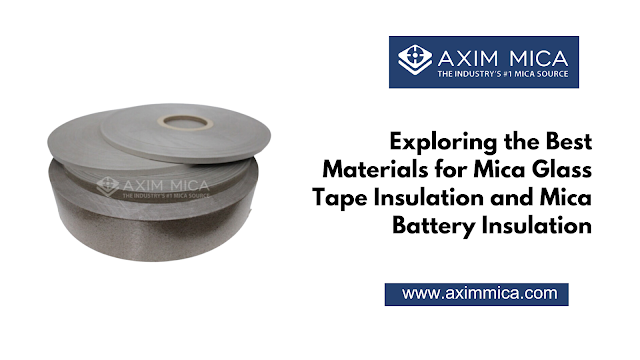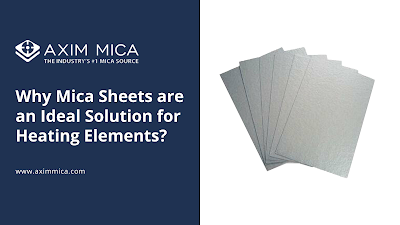Exploring the Best Materials for Mica Glass Tape Insulation and Mica Battery Insulation

In the electric industry, Mica has mostly been used as an electrical insulation material for decades because of its exceptional qualities. Mica insulation , which is frequently used as a base for electronic components and as a material in wiring boards, offers superior electrical insulation between electric circuit lines due to its non-conductive nature. So, in this blog, we will be covering the topics of mica insulation, mica battery, and glass tape insulation in detail. Because they provide good electrical and thermal insulation, these materials are essential to the electronics and electrical sectors. Now, let's examine what makes them the ideal option for your insulation needs. The Basis of Mica Glass Tape Insulation and Mica Battery Insulation! Mica Glass Tape Insulation: Electrical insulation made of mica glass tape , sometimes referred to as glass-backed mica tape, is very common. The main use of this material...


